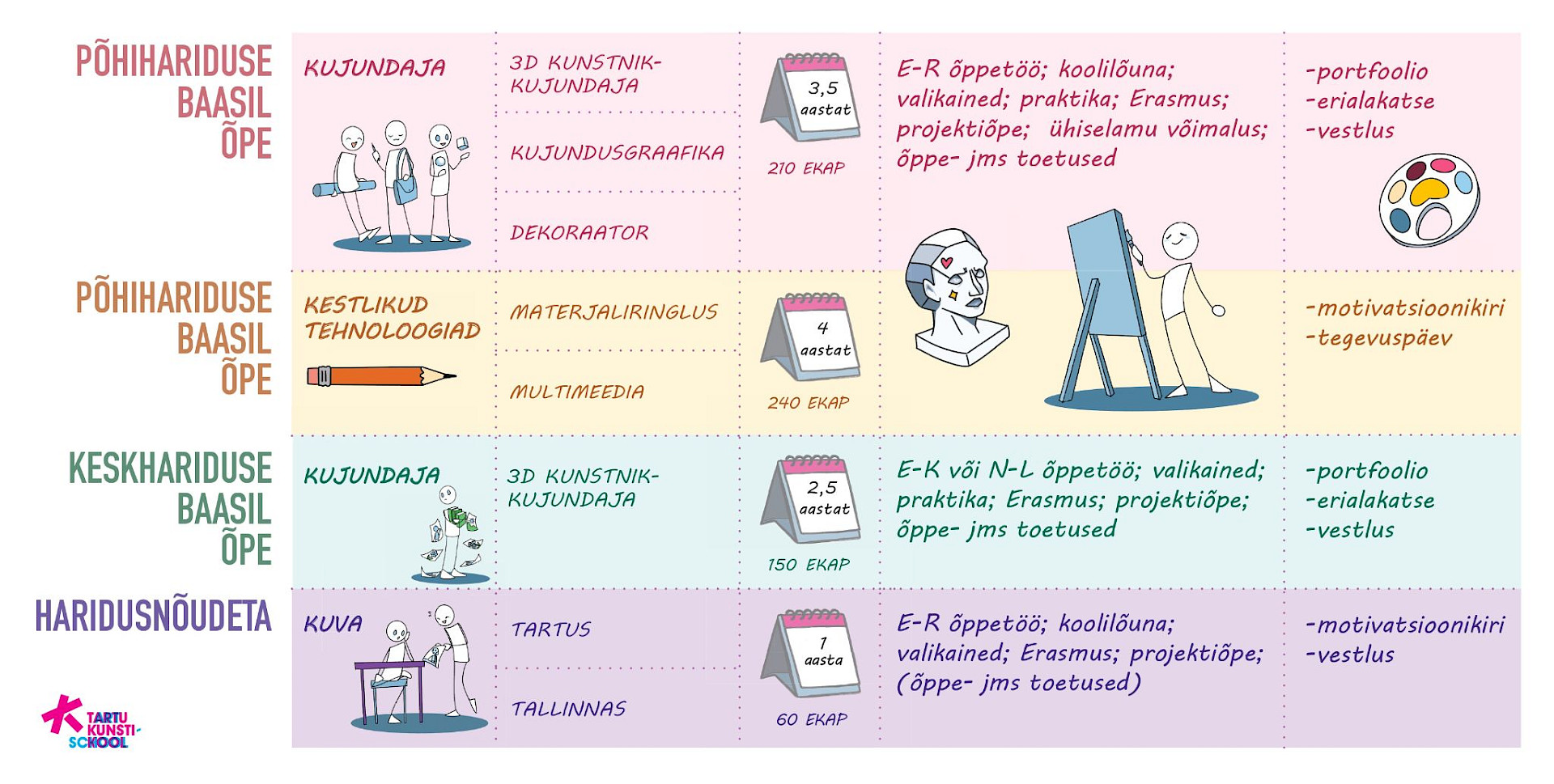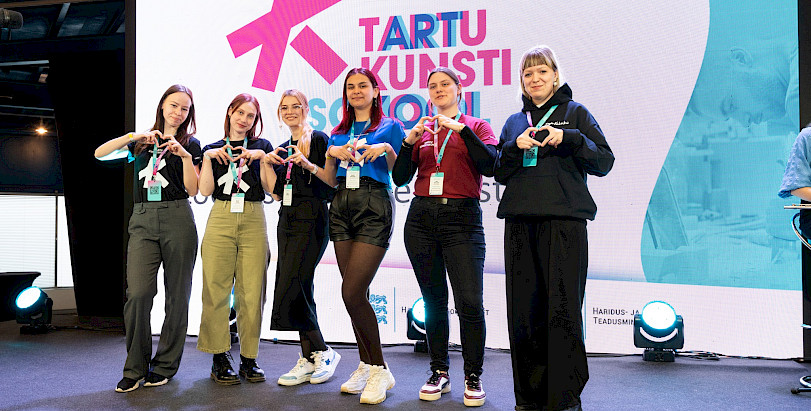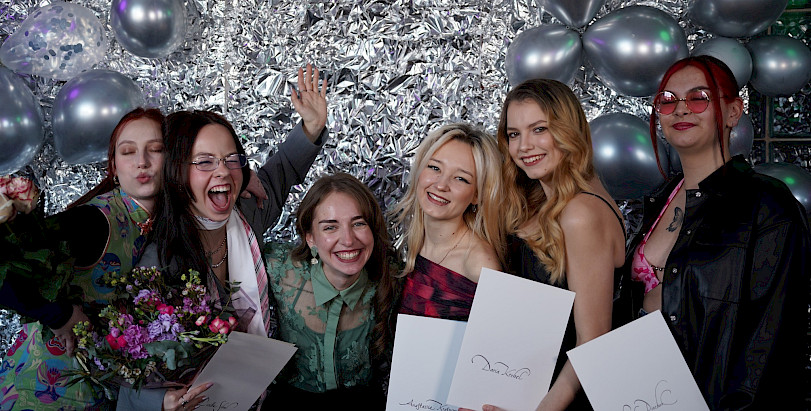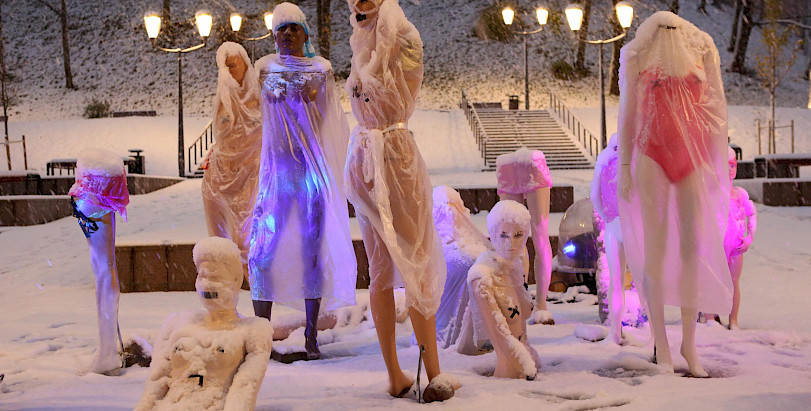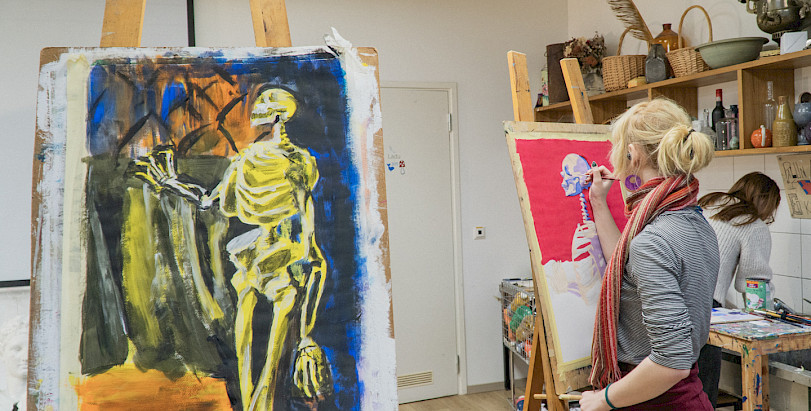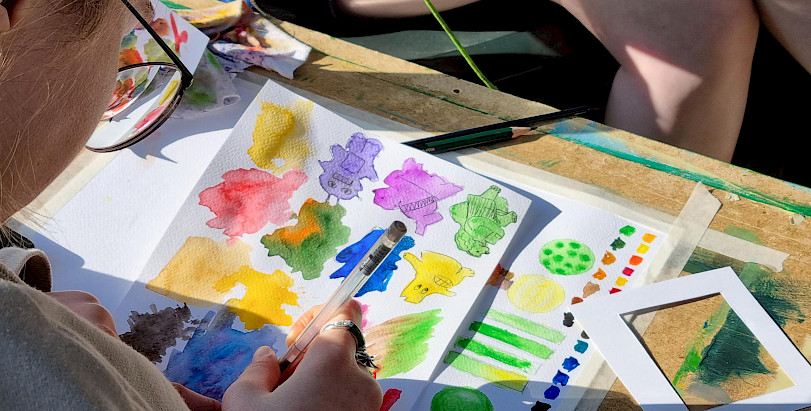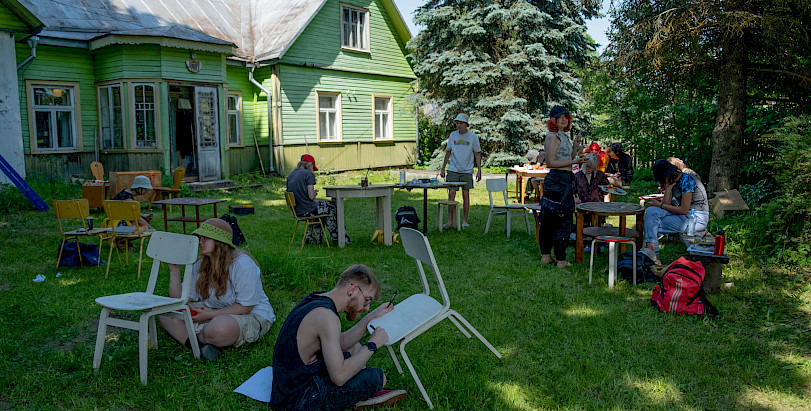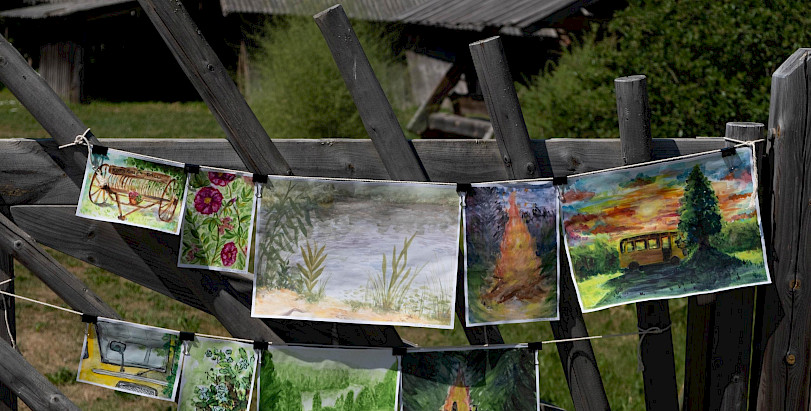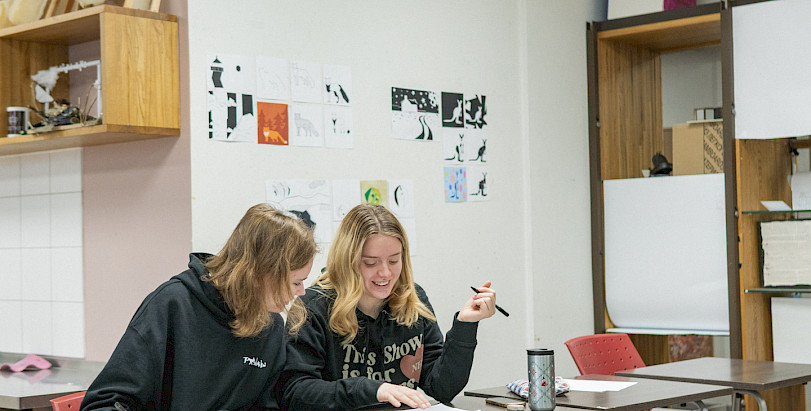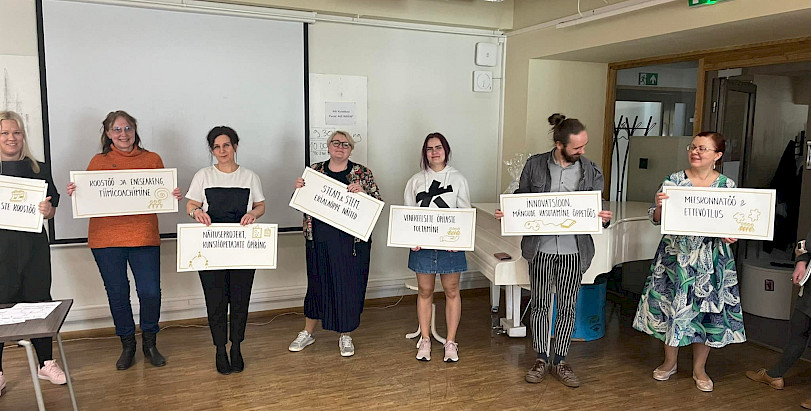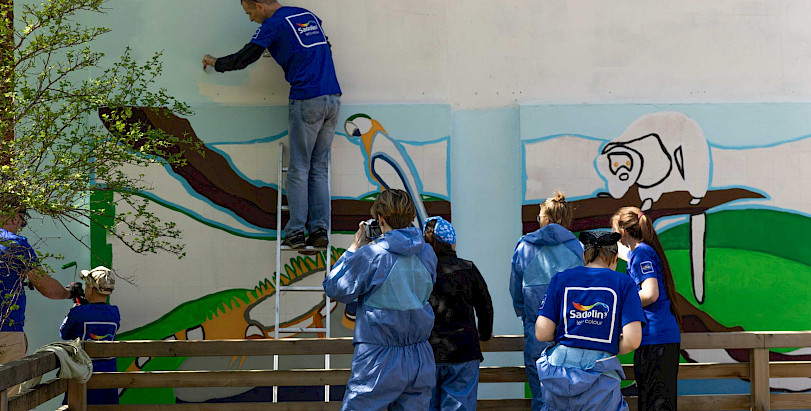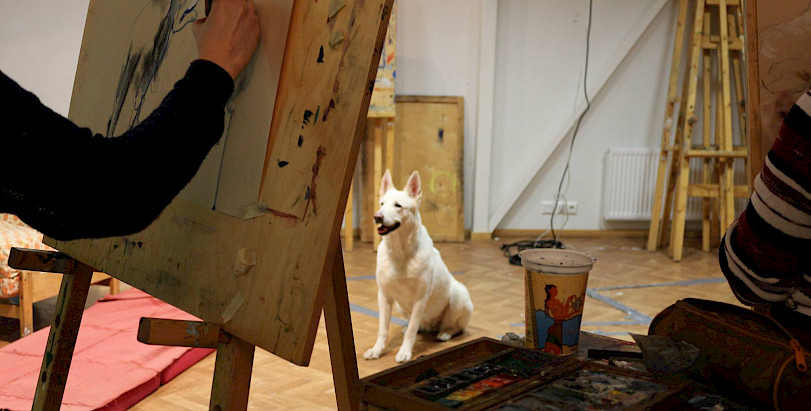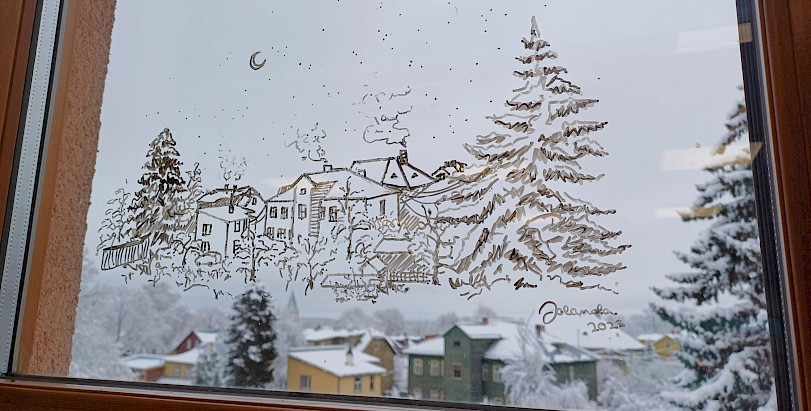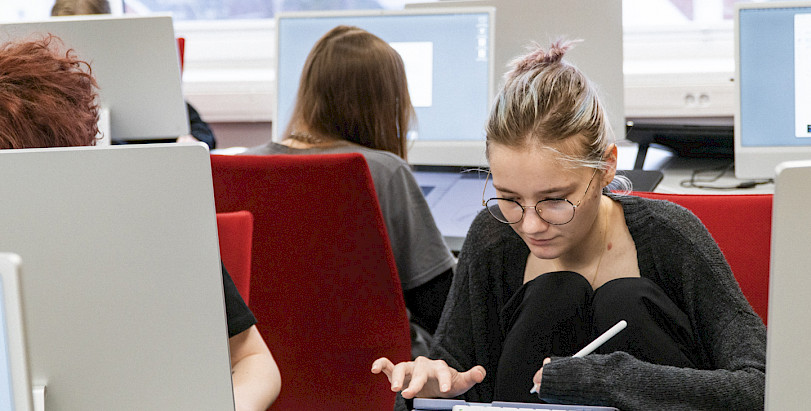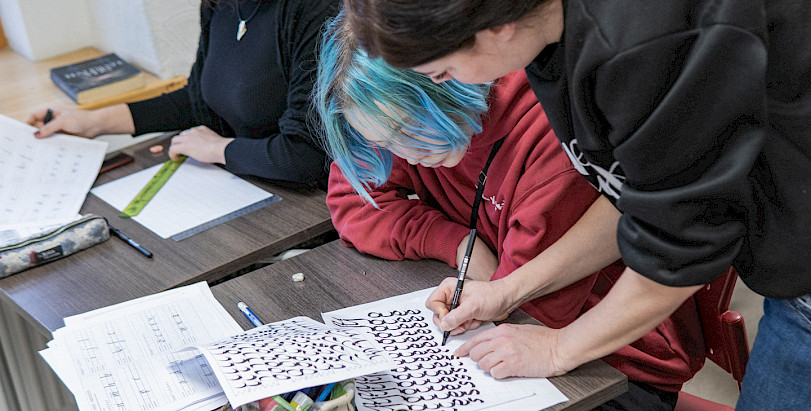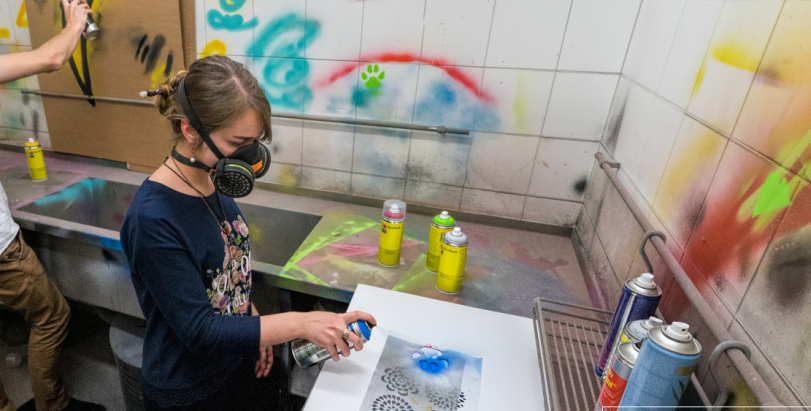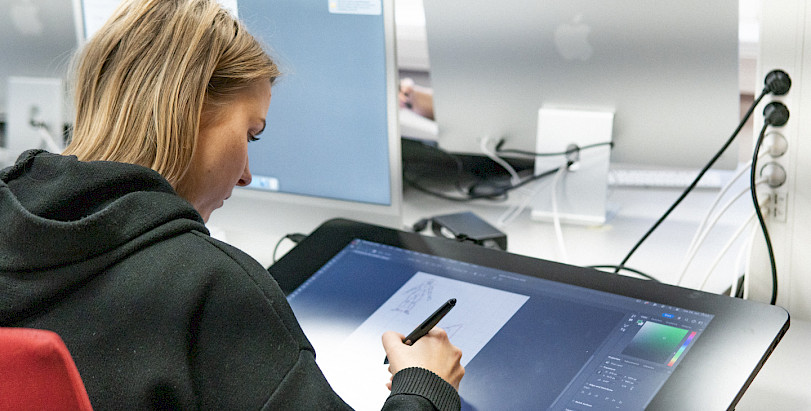- Schools
- Tartu Art School

Tartu Art School
Tartu Kunstikool on ainus kunsti- ja disainivaldkondadele keskendunud kutsekool Eestis. Oleme loomingulise õhkkonnaga kogukond oma eriala spetsialiste ja motiveeritud õpilasi. Meie eesmärgiks on anda sulle praktiline haridus loomingulises valdkonnas.
Meie juurde on võimalik õppima tulla nii põhi- kui ka keskhariduse baasil, täiskasvanuna ja ilma haridusnõudeta. Õppida saab kujundusgraafikat, 3D disaini, multimeediat, materjaliringlust ja dekoreerimist.
Want to find out if Tartu Art School is right for you? What does our building, students and teachers look like? What is a day at school like with us? Come as a student ambassador and see for yourself!
A student shadow can spend a school day at the Tartu School of Art with one of our students. After filling in the form, you will receive an e-mail with information about the student who will host you. You will be able to arrange a suitable date for a shadowing day.
Register HERE.
-
Tartu Art School (TK) is a free state vocational school. You can study on the basis of basic education (PHB) and secondary education (KHB), and on the basis of art education/skills in further education.
-
The timetable can be consulted in public view at slate.edu.ee. NOTE: Entries under the name "Event" are part of the teaching and their exact content can be seen by logging in to Tablet.
-
Study groups are usually made up of 15 students, but in general subjects (Estonian language, biology, etc.) groups are often formed.
-
The academic year runs from 1 September to 31 August and is divided into two semesters: autumn and spring (see Calendar). At the end of the subjects, there are end-of-semester assessments. Final assessments are open to the public. Assessment is based on a 5-point system.
-
PHB learners attend classes Mon-Fri.
-
KHB learners attend classes 3 days a week (their independent work is 50%)
-
5. for Level 3 students, i.e. the Continuing Artistic Designer (CAD), the days of study will be agreed with them. As a general rule, these are Tuesdays and days following the individual timetable.
-
The elective weeks run Mon-Fri, also for KHB and level 5 students.
-
The length of the school day is usually 9.15-16.30. See also: timetables.
-
There is no school bell in our school, lessons are 2×45 minutes. There is a 15 min break in between.
-
PHB students study for 3,5 years, which is longer than in upper secondary school. Secondary education is acquired through specialised subjects (e.g. English is integrated with web graphics or art history with 3D modelling).
-
PHB learners have the option of taking additional general subjects (either at the School of Arts or at the adult upper secondary school) or of studying for free for one more year after the School of Arts at the adult upper secondary school.
-
Lunch break is from 12.30-13.15. PHB learners receive a voucher, which, when presented, is compensated by the state at €1 for lunch. If the school has funds in its school lunch budget, these are channelled to the students. The possibility of a higher compensation for school lunch is reviewed at the end of each month and pupils are informed about it in the weekly newsletter and information bulletins.
-
During the Christmas break, everyone has a break, during the winter break mostly only PHB students. There is no autumn break.
-
It is possible to apply for a basic and a special allowance twice a year. The first year can apply for the spring semester. In addition, students whose permanent residence is outside the city of Tartu can apply for a travel allowance.
-
Each student will receive a door card, a student card and a school email address. The school also has lockers for students, which can be shared between several students.
-
Thetraineeship is part of the curriculum during which the student performs work and study tasks with specific learning objectives in a working environment under the supervision of a supervisor.
-
Field placements. Tartu Art School is a holder of the Erasmus Mobility Charter. This means that every year, students and staff of the school are guaranteed the opportunity to apply for placements and study visits with international partners. You can find out more about our students' placements abroad here.
-
Learning or work experience gained during previous studies can be transferred to the Tartu Art School through APEL, if it corresponds to the curricula of the Tartu Art School. The APEL application can be made in the learning information system Tahvel.
-
Students have an Adobe Creative Cloud user licence linked to the school email. This means that Adobe Creative Cloud programs can also be used on your own private computer.









